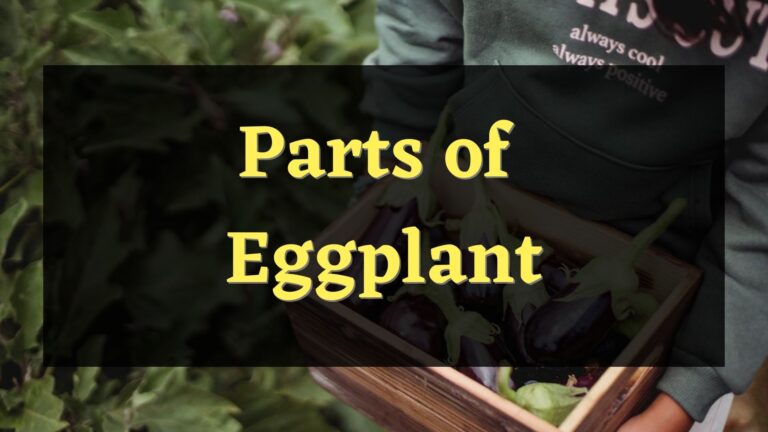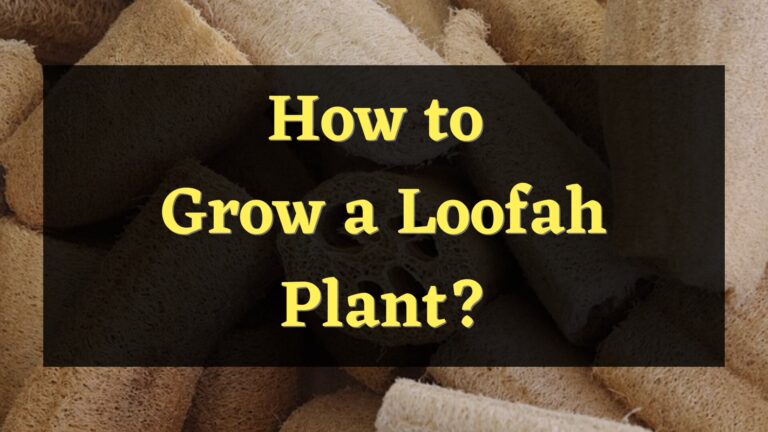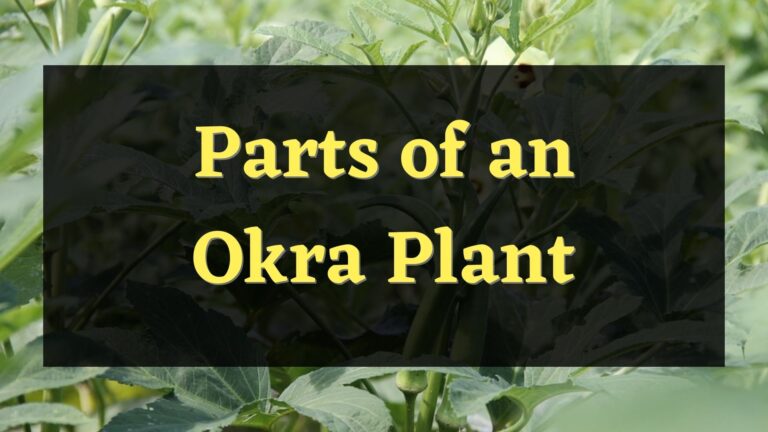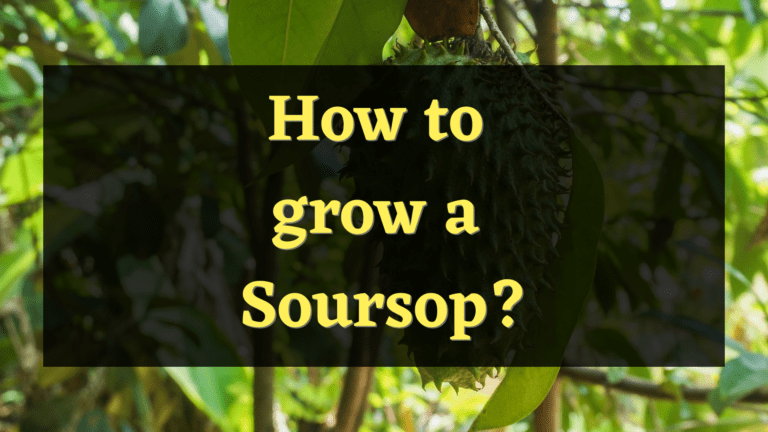A winged bean is a variety of beans that produces a tender pod and their leaves are also edible. Growing a winged bean is very easy. In this blog, I will teach you how to grow winged beans. Provide you with the steps and take time in each step to explain it very carefully. I will also hand out tips that will make you successfully grow healthy and productive adult-winged beans.
Propagating Winged beans from Seeds
Unlike other plants, winged beans cannot be grown by a cutting and can only be grown from their seeds. Before you can start growing winged beans from seeds, there are things that you must prepare and steps that you must follow.
Here are the steps that you need to follow to properly grow winged beans:
Obtaining a seed
Obtain a fully matured pod in your winged bean plant. Wait for the pod to be fully dried up before plucking the seeds inside. After plucking the seeds out, store them in a dark and dry place to prepare them for germination.
Germinating the seeds
To hasten the seeds’ germination process, you can nick the seeds a little. You may also place them in a container filled with water and soak them inside the container for 24 hours. This is to help soften the seed’s thick skin which will slow down the seed’s germination.
Maintaining room temperature
The ideal temperature for the winged beans’ seed germination is about 75-95°F. The seeds won’t be able to fully germinate if the temperatures are below 75°F or above 95 °F. It is important to maintain a proper room temperature as the seeds won’t be able to germinate if it is above or below the temperature that is required.
Transplanting
If you notice the true leaves of your winged beans start to sprout. This indicates that your winged bean plants are already to be replanted in your garden. It is important to choose an area where your winged bean plant will have at least 8 hours of direct exposure to sunlight. This is because winged bean plants thrive best when they have full exposure to the sun.
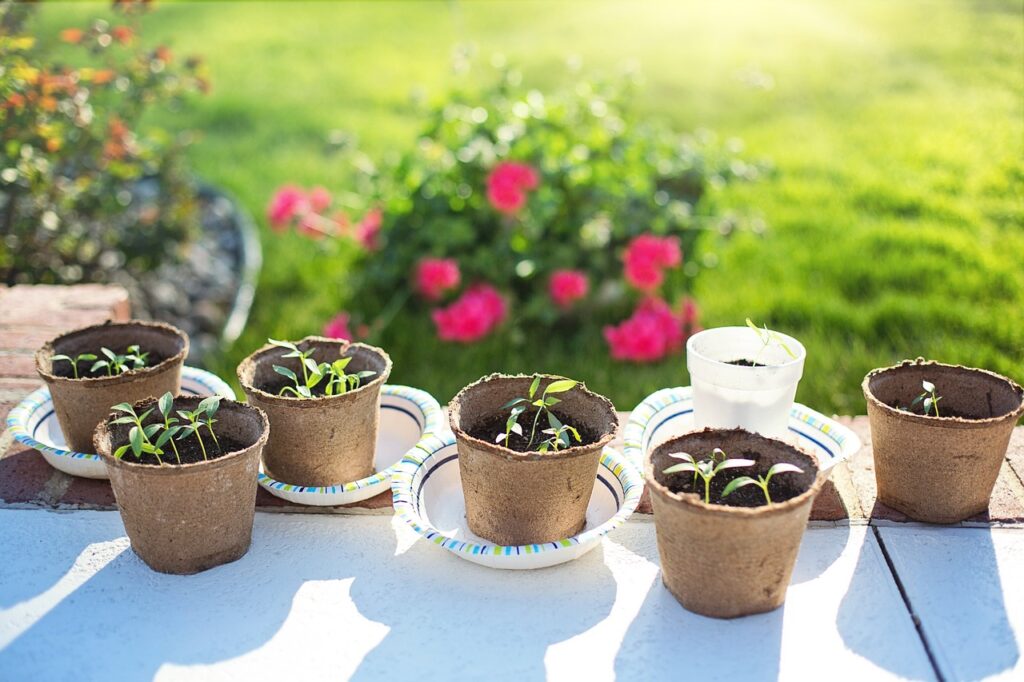
You will also need a trellis for your winged bean plants to climb onto if you want them to be really productive. Winged beans are known to produce more fruits when they have something to climb on in contrast to not having one.
Fertilizing
As your seedlings continue to grow, you can start applying fertilizer on top of their soil. You have the option of putting compost, manure, or commercial fertilizer. This will allow your winged bean plant to speed up its growth and soon produce more pods.
Monitoring and watering
After about a month, if you notice that the vines start to climb. You must regularly monitor the soil around your plant to see if it is dried up or still moist. Winged bean plants need water but are susceptible to drowning. When you see the soil around your plant is dried up, deeply water it with enough to moisten its surface but not more than enough to drown the plant.
Flowering and bearing pods
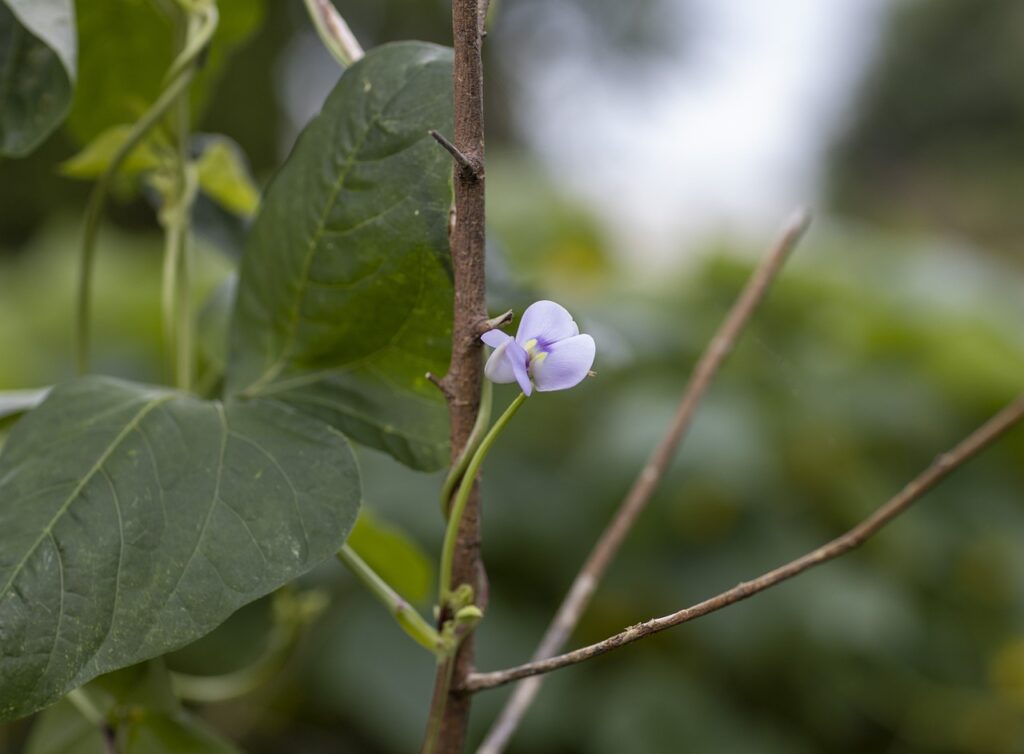
When your winged bean plants are mature enough, they will start to produce flowers that will eventually turn into a pod. These flowers are very fragile and will fall easily. During this period, you can choose to spray your winged plant with pesticides to prevent any pests that will eat the plant’s pod.
Harvesting
After a few weeks, your winged bean’s flowers turn into a pod. You can harvest them after they reach a length of at least one inch long. The optimal length of a pod is between 2 to 4 inches long. This is the size of a winged bean pod that is the most crispy and tender as longer bean pods are more fibrous and tough.
Can you grow winged beans without sunlight?
All varieties of beans need to be in an area with full sunlight. 8 to 10 hours of daily exposure to sunlight is required for growing a winged bean plant. Planting your winged bean in an area that only receives 5 to 7 hours per day will result in the plant’s less fruit production. During germination, it is not direct sunlight that the winged bean’s seed needs but a warm temperature.
Tips for Growing Healthy Winged Beans
Sun and Temperature
Winged beans require full exposure to sunlight. The native winged beans are known to thrive best in the heat of the summer. They experience an incredible amount of growth at this time of the year. In temperate climates, this variety will never have a chance to mature as the shortened fall will have a temperature that will not allow this variety of plants to survive.
Water and Humidity
As a plant that loves full exposure to sunlight, it is also important to keep the soil around it moist. The best time of the day to water your winged bean plants is in the morning so that the moisture will have a chance to seep into the soil before the heat arrives. Even though winged beans love sunlight, they do not tolerate drought. The winged bean plants need regular watering.
Soil
The winged bean plant variety thrives best in an average pH soil. This variety can survive in many kinds of soil such as silt, loam, and clay. The most important thing is that the winged bean plants need well-draining soil to ensure that their tubers do not rot.
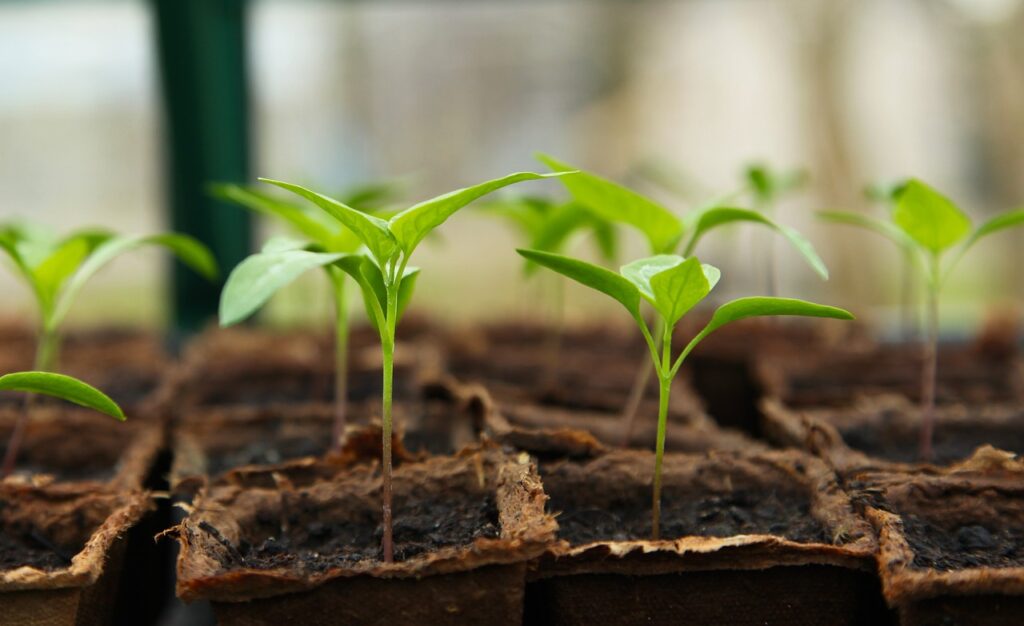
Fertilizing
A winged bean plant can survive in all types of soil. But they would also prefer that the soil around it is topped with plenty of fertilizer like compost and animal manure. Phosphorus and potassium are very beneficial for a winged bean plant. In particular, phosphorus can enhance your winged bean’s flower production.
Pruning
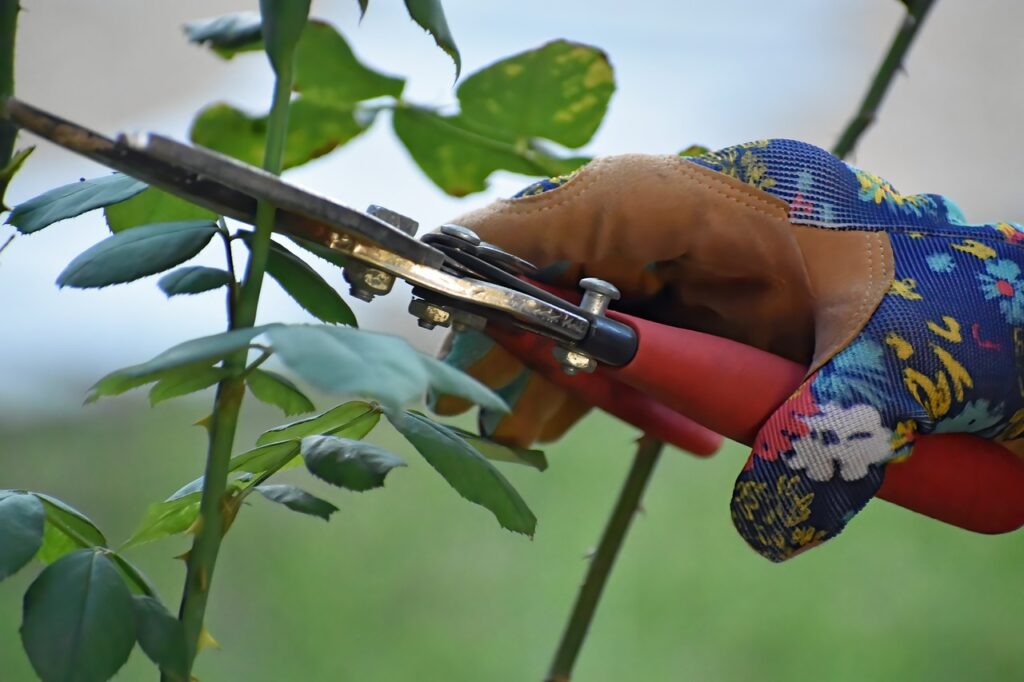
Although winged bean plants do not require pruning, cutting back the top parts of their vines once they reach a particular length can lead to a bushier growth of the plant. Harvesting its leaves is also recommended as it is an excellent way of pruning your winged bean plants without actually pruning them. Pruning your winged bean plant is only necessary if the vines start to grow wild and out of control. This way, you can prevent potential diseases that may strike your winged bean plants.
Propagation
As mentioned above, soaking a winged bean seed overnight will greatly enhance its germination speed. This process is not really necessary but will give your seed a boost to quickly sprout leaves since a thick will make it harder for it to sprout sooner. Soaking them in water will help soften the seed’s coat.
Harvesting
2 weeks after the flowers appear, the protein-rich pods of a winged bean will be about 2 to 3 inches long which makes them harvest-ready. Once they become tough and fibrous, they can be harvested for the seeds that are inside the poods. Seventy to eighty days after the seed is planted. Leaves and flowers can be harvested. While its roots will not be ready for harvesting until after the 120th day of initial planting. The roots of a winged bean plant are tuberous roots that have many similarities to potatoes. Their roots can be boiled, steamed, baked, fried, and can also be made into chips.
FAQs
Are Winged beans hard to grow?
The winged bean plants are easy to grow. The only hard part of growing it is obtaining its seeds and germinating them. Winged bean seeds need a lot of care during their germination process.
How long does it take to grow a winged bean?
The normal timeframe in which winged beans grow is approximately 75 to 85 days. However, this timeframe may change depending on the cultivator’s climate and how they took care of their winged beans plant in their growing period.
Do winged beans need a trellis?
A trellis is recommended if you want to plant a healthy and productive winged bean. According to studies, if a winged bean plant is not given a structure to climb, it won’t yield as much fruit. For these plants to produce abundant pods during their bearing season, you would want to provide them with a trellis that is at least eight feet high. Winged bean sprouts should also be planted two feet apart from one another.
Conclusion
The only challenge that you will actually face in growing winged beans is obtaining their seed and germinating it. Aside from this, growing a winged bean is very easy. Additionally, some preparation must be done before you can begin to grow one. You will need to build a structure for the winged bean plant to climb upon. Although you can let your winged bean crawl on the ground, it wouldn’t be as productive compared to a winged bean that has something to climb on. Winged bean plants also don’t need a long time to fully mature and produce pods.

Elizabeth Mcmillan is a passionate gardener with a strong interest in plants. She used to be a teacher, but Elizabeth has spent the last few years immersing herself in the world of plants, learning about their biology and cultural value and trying out different ways of growing them in her own garden. Elizabeth Mcmillan loves indoor plants, succulents, and cacti, and her friends and family know her as a plant care expert.





